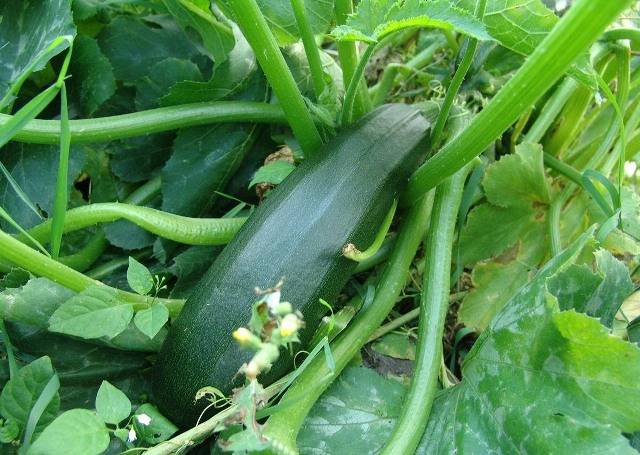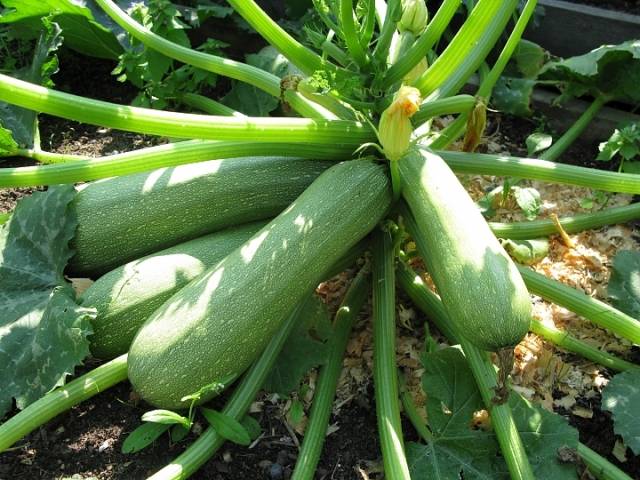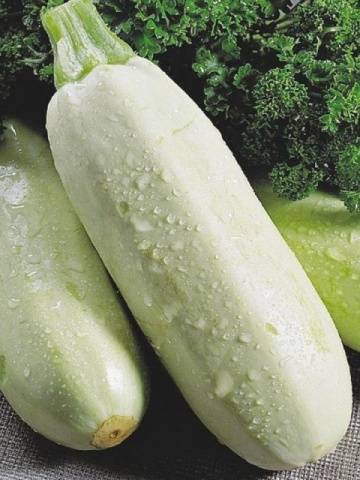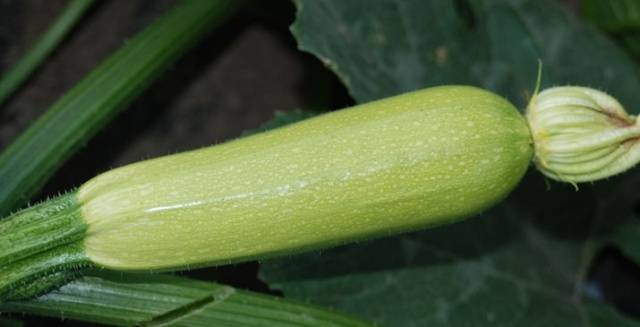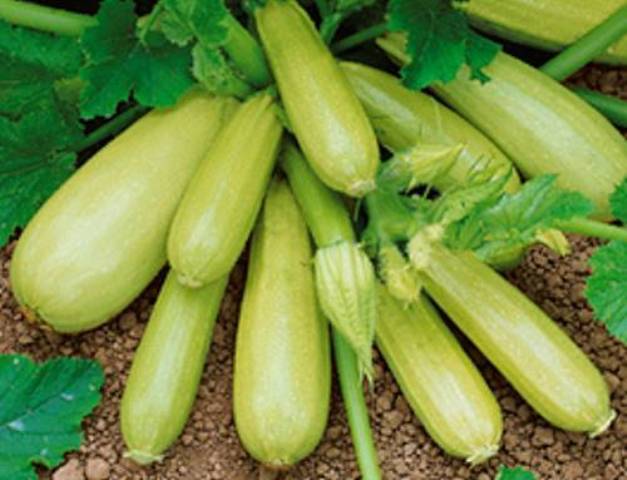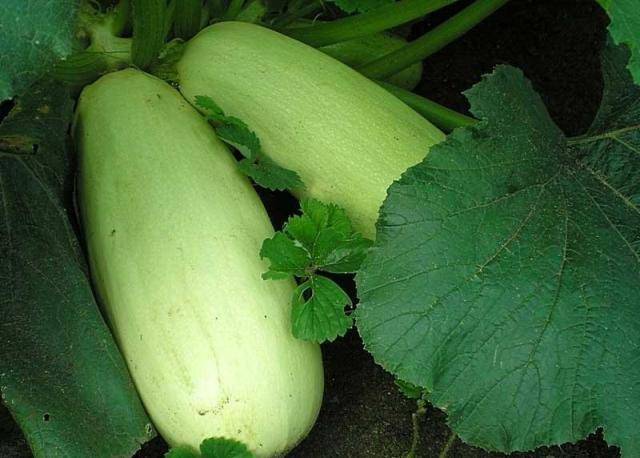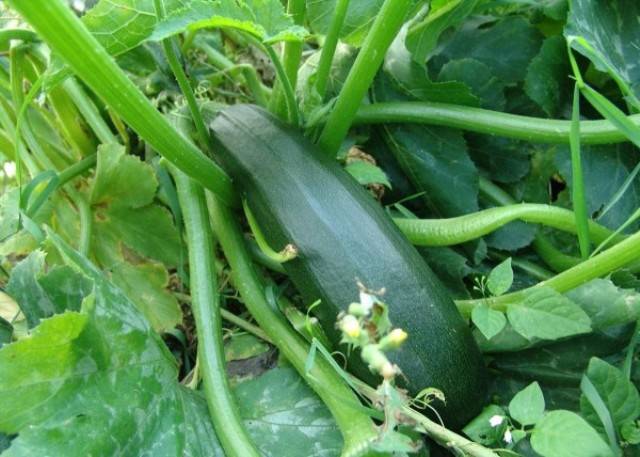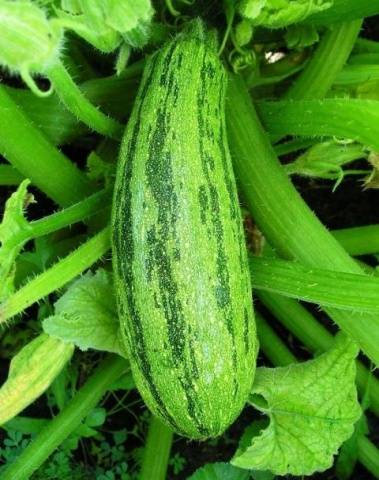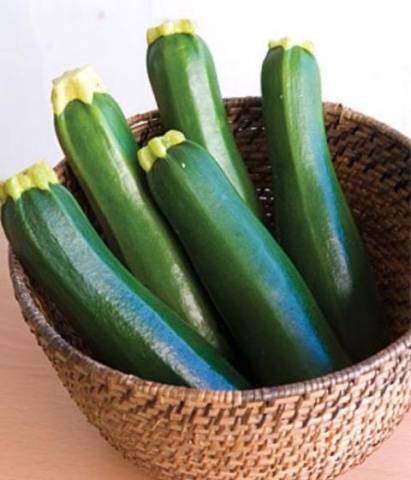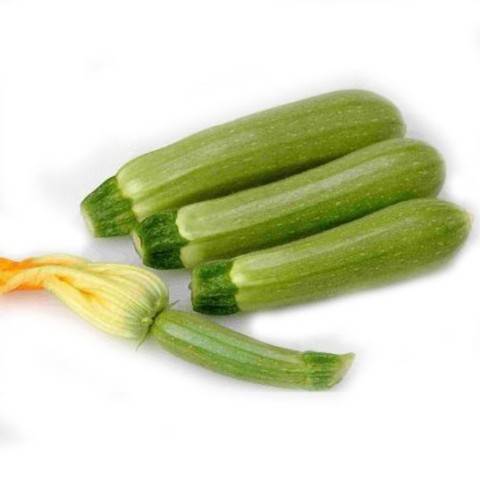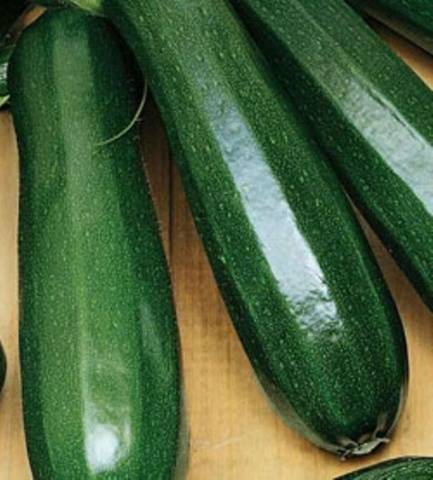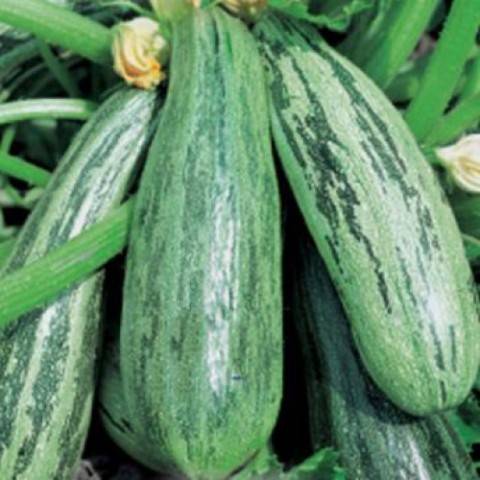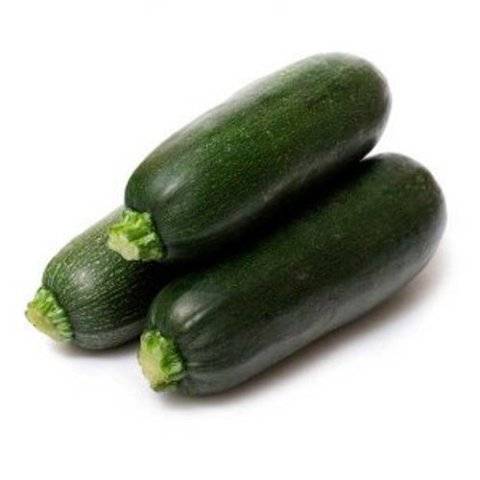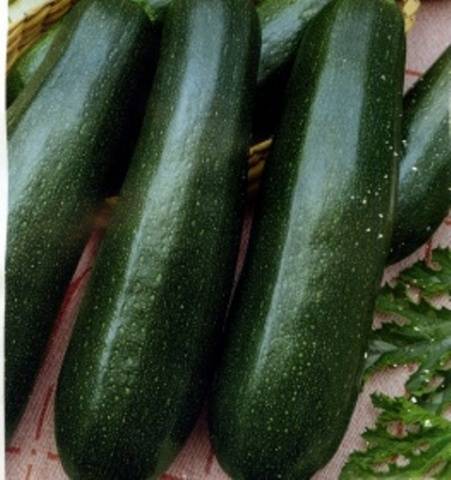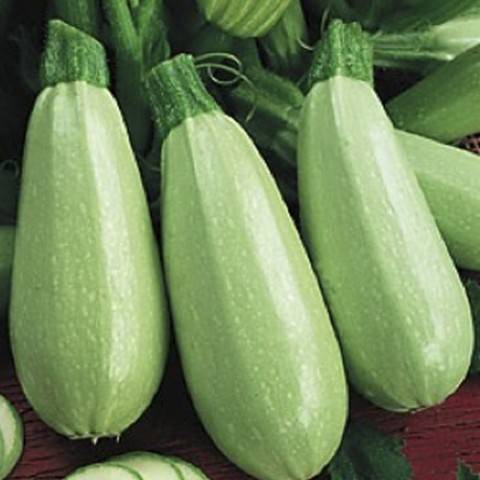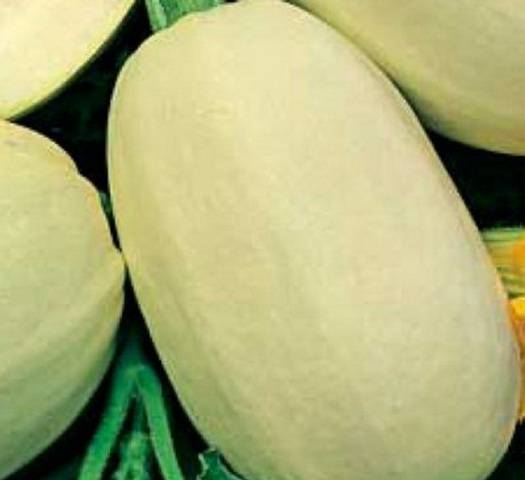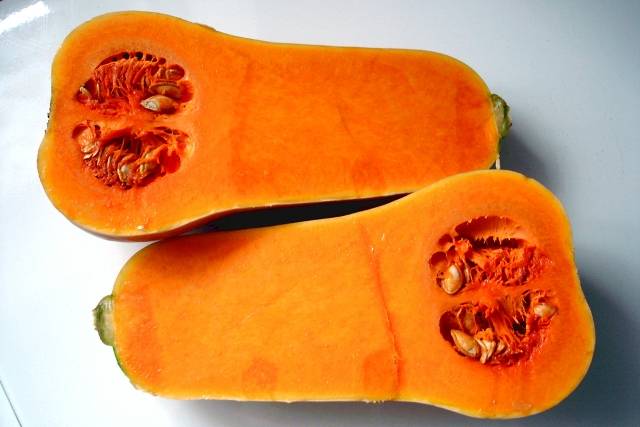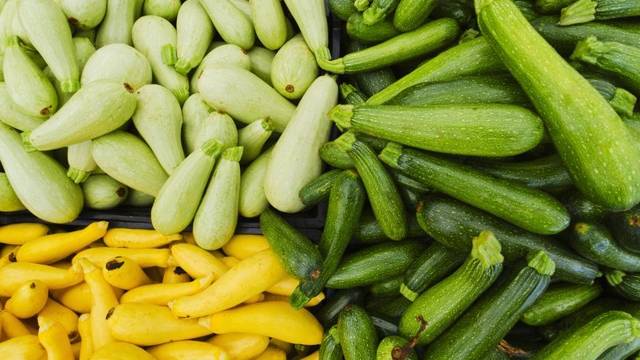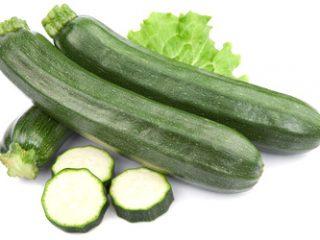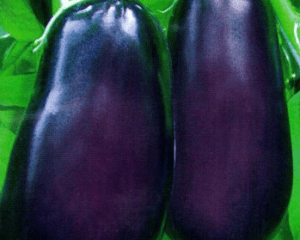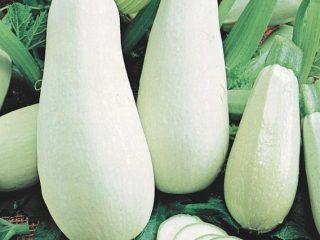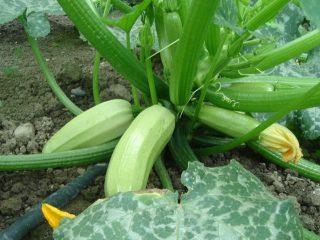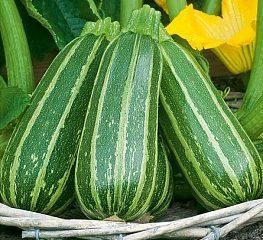Content
- 1 Advantages of growing zucchini in greenhouses
- 2 The best varieties of zucchini for growing in greenhouses
- 3 Tips for growing zucchini in a greenhouse
Zucchini is an early-ripening crop that is usually planted in beds in open ground. The seedlings are quite resistant to sudden drops in temperature and tolerate even sudden frosts on the soil. Experienced gardeners, having harvested this vegetable at the beginning of summer, plant the vacated soil with seedlings of late-ripening peppers or tomatoes. It would seem that there are no prerequisites for growing zucchini in greenhouse conditions, but there are farmers and summer residents who receive unprecedented vegetable harvests there.
Advantages of growing zucchini in greenhouses
The first thing you will notice when you try zucchini from the greenhouse is its delicate, slightly sweet taste. Moreover, this factor does not depend at all on the plant variety - the taste qualities of greenhouse zucchini are much higher than those that grow in open areas.
When landing zucchini seedlings into the greenhouse, you will significantly reduce the growing season. For example, if such a well-known hybrid as Belogor F1, grown in the garden, ripens in 40-45 days, then in greenhouse conditions the first fruits can be harvested already on the 30th day. In addition, those who work in greenhouses know that the yield of vegetables increases significantly. The same Belogor will give from 1m2 up to 30 kg of zucchini when fully ripe.
Another important advantage when growing zucchini in a greenhouse is that the plants are not at all susceptible to pest invasion, and you can harvest from early spring until late autumn. When choosing a variety to grow, pay attention to self-pollinating varieties of zucchini for a greenhouse. As a rule, breeders pay special attention to these hybrids, making them cold-resistant and high-yielding.
You can watch the video at the bottom of the article about other benefits of growing zucchini in a greenhouse.
The best varieties of zucchini for growing in greenhouses
Hybrids bred by breeders specifically for greenhouses are compact, have high yields and are adapted for year-round cultivation in compliance with the temperature conditions specified for greenhouses.
Early ripening varieties and hybrids for greenhouses
Beloplodny
The variety was bred for growing crops both in open areas and in greenhouses. In closed ground conditions, “Beloplodny” is capable of producing almost 2 times more yield. The plant belongs to the bush, low-growing category. During the period of complete cessation of growth, the height of the bush does not exceed 65-70 cm. The fruits are large, with light creamy pulp.
Nemchinovsky
A bush-shaped plant, ideal for growing in small greenhouses and greenhouses. Doesn't give long lashes.Experienced gardeners claim that this is the only variety of zucchini that is susceptible to powdery mildew in open beds, but does not get sick at all in greenhouse conditions. The fruits are large, even in shape, the flesh is tender, slightly greenish in color.
Cavili
A hybrid with high yield and resistance to powdery mildew and viral infections. The fruits are smooth, with a thin, delicate skin. Ideal for canning.
Belogor
One of the most popular varieties of zucchini for growing in greenhouses. Fruit ripening period is 35-40 days. Zucchini is medium-sized, the flesh is light green, dense. Among the early hybrids, Belogor is considered the most productive and has a long growing season. Gardeners who work in greenhouses not only in the summer are happy to use zucchini for year-round cultivation. Productivity is up to 12-13 kg per bush, with the average weight of one zucchini being 800-1000 g.
Belukha
A hybrid bred by breeders of the Altai region. The bush is compact, without long branches and shoots. The fruit ripening period is 35-40 days. The full growing season ranges from 2 to 3 months. On average, it produces up to 12 kg of zucchini per square meter. Distinctive features of the hybrid are resistance to low temperatures. Seedlings can be transplanted into a greenhouse at a temperature of 130WITH.
Waterfall
Very beautiful smooth zucchini with a rich green color. The growing season is at least 2 months. During this period from 1st2 you can collect up to 6-7 kg of zucchini. The hybrid is resistant to viral diseases, bacteriosis and powdery mildew. During the growth period, it requires additional feeding.
Zebra
Another hybrid of the stunted family. The first fruits appear on the 35-37th day from the day of germination. It got its name because of the dark stripes that run evenly throughout the fruit. The zucchini skin is dense, the flesh is light, slightly sweet in taste. During the harvest period, up to 10 kg of zucchini is harvested from 2-3 bushes. The hybrid is resistant to viral diseases characteristic of zucchini - fruit rotting.
Moor
An excellent variety of zucchini for growing in greenhouses in the Central and Northern regions. At full maturity, the weight of one fruit can reach a weight of more than 1 kg. Fruit with delicate pulp, dark green skin. The variety is characterized by high productivity - up to 10 kg of zucchini can be harvested from one bush over the entire growing season. The harvest is well preserved at temperatures of 10-130C, in dark, preferably basements.
Karam
The plant is an early ripening, low-growing plant. The beginning of the growing season is on the 35th day. Despite this, one bush can grow to a size of 1x1 meter. The weight of one zucchini at full ripening is up to 1 kg; up to 10 kg of fruit can be collected from a bush. As soon as the bush begins to bear fruit, as the harvest progresses, the lower leaves are gradually removed from it.
Aeronaut
Hybrid from the zucchini genus. The fruits are smooth, slightly elongated, with an average weight of 1-1.3 kg. Features of the hybrid are its amazing ability to produce good yields on loamy and acid-alkaline soils. During the growing season, up to 5-6 kg of zucchini are harvested from one bush.
Mid-season varieties of zucchini for greenhouses
Kuand
Zucchini hybrid, bred by breeders specifically for planting in greenhouses and greenhouses. The fruits are medium-sized, smooth, with thin dark green skin with light veins and very juicy pulp. The period of full ripening is 55-60 days.Zucchini weight is from 800 to 1200 g. The variety is intended for cultivation in greenhouses from early summer to mid-autumn. Up to 6-7 kg are collected from one bush.
Mini Zucchini
An interesting hybrid for gardeners. When grown in a greenhouse, bushes acquire a slightly raised, elongated shape. The first fruits appear already on the 60th day after transferring the seedlings to the greenhouse. The fruits are medium-sized, average weight – 350 g. The growing season is 3 months, so the plant can be grown in greenhouses from mid-May to the end of September.
Nephritis
short bush with a full ripening period of 60 days. The entire growing season can last up to 3 months. The weight of one zucchini can reach 1.2 kg. The pulp is medium dense, not bitter, the skin is green.
Gribovsky
The most productive varieties of zucchini are those that are planted in greenhouses. Up to 12 kg of fruits are harvested from one bush during the growing season. The average weight of one zucchini can reach up to 1.3 kg. The Gribovskie variety is resistant to temporary cold spells in the air and soil, highly resistant to viral and fungal diseases, and fruit rot. Farmers consider it the best hybrid for greenhouses of domestic selection.
Late-ripening varieties and hybrids of zucchini for greenhouses
Spaghetti Raviolo
The ripening period begins 120 days after the first shoot. The zucchini has a thickened round shape. It got its name due to its length - ripe fruits reach sizes of up to 22-25 cm. Vegetarians took this exotic yellow fruit as a basis when preparing vegetable spaghetti. Up to 6-7 kg of zucchini are harvested from one bush.
Walnut
Fruiting begins on the 100th day after the first shoots.The hybrid is resistant to sudden changes in temperature, frost on the soil, and high humidity. A distinctive feature of the variety is that the seeds are planted directly into the soil of the greenhouse, but subject to one condition - the air and soil temperature should not be lower than 200C. Up to 6-8 kg of zucchini is harvested from one bush.
Tips for growing zucchini in a greenhouse
Late varieties of zucchini for growing in greenhouses are distinguished by a long ripening period, but also by long fruiting periods. They are suitable for planting in any region of Russia, in stationary polycarbonate or glass greenhouses, while maintaining a certain temperature and humidity.
However, in addition to choosing the right variety of zucchini for the greenhouse, you will need to familiarize yourself with the conditions for its cultivation. If you are growing vegetables in greenhouses for the first time, pay attention to F1 hybrids, specially bred for planting in your region.
If you live in a northern climate zone, be sure to warm the soil before transferring the seedlings to the greenhouse. If the hybrid is not adapted to temperature changes and cannot withstand excessive humidity, try to replant the seedlings when the threat of heavy rains and frosts on the soil has passed.
Mulch the soil only with natural means - it is good to use sunflower seed husks or sawdust when planting zucchini. This will enable the seedlings to warm the roots that have not yet become strong if the plant is planted in a greenhouse in early spring. As a backup option, you can provide a film cover for the seedlings, but do not forget to leave holes in the material for watering.
Watch the video about what else you need to pay attention to when growing zucchini in greenhouses.
